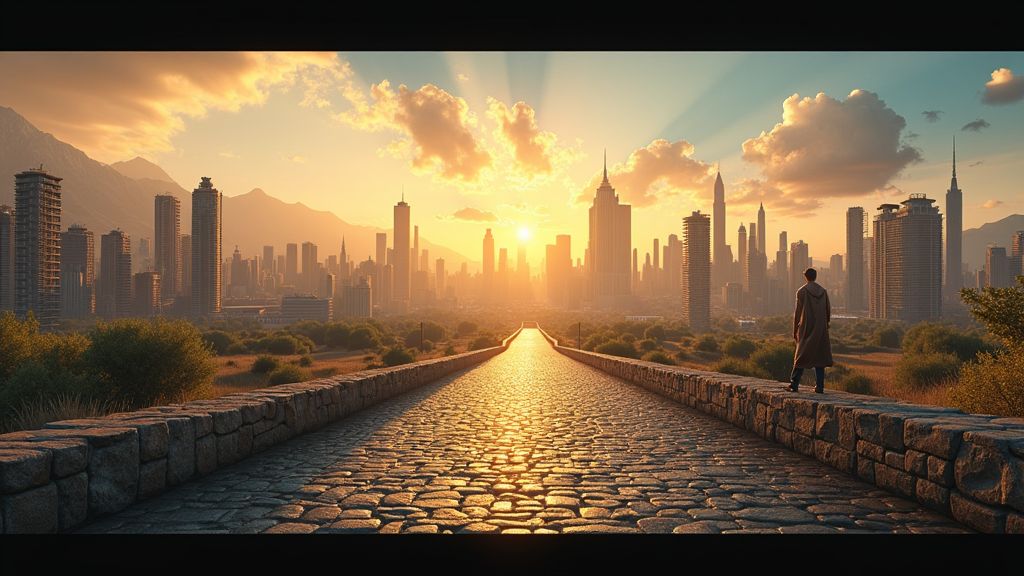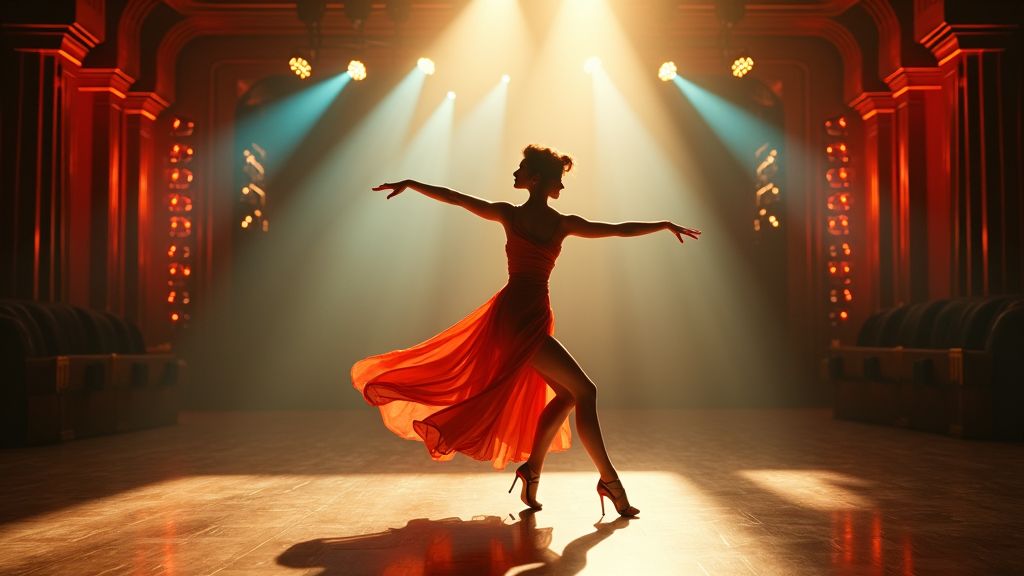The Role of Film Locations in Creating Authentic Settings
Lights, camera, action! The world of filmmaking is a magical one, where stories come to life on the big screen. However, one often underappreciated aspect of filmmaking is the role that locations play in creating authentic settings. From bustling city streets to serene countryside landscapes, the choice of location can significantly impact the look and feel of a film. In this article, we’ll explore the importance of film locations and how they contribute to the overall authenticity of a movie.
The Power of Authentic Locations
When it comes to filmmaking, authenticity is key. Audiences want to feel fully immersed in the world of the film, and one of the best ways to achieve this is through using authentic locations. By filming on location, filmmakers can capture the natural beauty and unique characteristics of a place, adding depth and realism to the story. Whether it’s the iconic skyline of New York City or the picturesque beaches of Hawaii, authentic locations can transport viewers to another world.
Choosing the Right Locations
The process of selecting the right locations for a film is a meticulous one. Directors and location scouts must consider a variety of factors, such as the time period in which the story is set, the mood and tone they want to convey, and the logistical practicalities of filming on site. For example, if a film is set in the 1920s, finding period-appropriate locations with the right architectural style and historical significance is crucial to creating an authentic setting.
Case Study: The Grand Budapest Hotel
One prime example of the role of film locations in creating authentic settings is Wes Anderson’s ‘The Grand Budapest Hotel.’ The film, set in the fictional Eastern European country of Zubrowka, was actually filmed in the picturesque German town of Görlitz. The elaborate architecture, vibrant colors, and historical buildings of Görlitz seamlessly transformed into the whimsical world of the Grand Budapest Hotel, showcasing the power of choosing the right location to enhance the overall aesthetic of a film.
The Impact on Storytelling
Beyond visual appeal, authentic locations contribute significantly to storytelling. Filming on location can add a layer of realism that resonates with viewers, allowing them to experience the setting as an extension of the narrative. In thrillers, the hauntingly quiet woods or abandoned buildings enhance suspense, while bustling urban landscapes set the tone for fast-paced action scenes. The right location can become a character in itself, with its features playing an integral role in the plot’s development and the emotional journey of the characters.
Challenges of Filming on Location
While filming on location brings authenticity, it also presents a unique set of challenges. Filmmakers must navigate unpredictable weather, local regulations, and logistical obstacles such as transporting equipment and managing large crews. Additionally, some iconic locations are high-traffic areas, which can disrupt filming schedules and complicate shoots. However, despite these hurdles, many directors find that the authenticity gained by shooting on location is well worth the effort, creating a more engaging experience for the audience.
Audience Connection Through Real Locations
Real locations can also forge a deeper connection with audiences, especially when filming takes place in recognizable or culturally significant areas. Viewers who have visited these locations or have a personal connection to them often feel a stronger bond with the film. For example, movies filmed in New York City, Paris, or Rome resonate with audiences worldwide, adding familiarity and a sense of shared experience. This connection not only enhances immersion but also boosts tourism, as fans seek to visit the real-life settings they’ve seen on screen.
The Future of On-Location Filming
As technology evolves, filmmakers have new options for creating realistic settings, including green screens and CGI. However, on-location filming continues to be valued for its irreplaceable authenticity and emotional impact. Moving forward, hybrid approaches are emerging, combining real locations with digital enhancements to create unique, immersive worlds. This blend of real and virtual environments allows filmmakers to push creative boundaries while still honoring the authenticity that audiences appreciate in on-location filming.
The Legacy of Iconic Locations in Film
Iconic film locations leave a lasting legacy, often becoming synonymous with the movies themselves. From the Shire in New Zealand’s ‘Lord of the Rings’ to the Rocky Steps in Philadelphia, these locations live on in pop culture, inspiring fans for generations. They serve as reminders of the magic that happens when a location perfectly aligns with a film’s vision. In this way, real-world places continue to shape the stories we tell and the worlds we imagine, proving that sometimes, the setting truly is just as memorable as the story itself.













